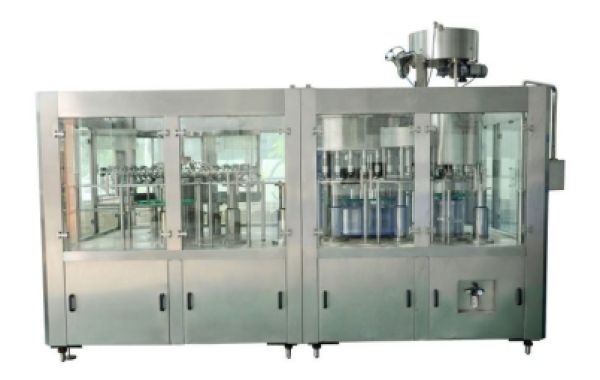Food-grade carbon dioxide (CO2) plays a pivotal role in the food processing industry, ensuring quality and safety across various applications. Here are some of its major uses:
Carbonated Beverages: CO2 is fundamental in producing carbonated drinks like soda, sparkling water, and beer. It provides the refreshing fizziness that enhances flavor and prolongs shelf life by creating an acidic environment.
Modified Atmosphere Packaging (MAP): Food-grade CO2 helps preserve the freshness of fruits, vegetables, baked goods, and snacks by altering the packaging atmosphere. This reduces the growth of bacteria and molds, extending product shelf life.
Freezing and Refrigeration: In its solid form (dry ice), CO2 is an excellent refrigerant, capable of reaching temperatures as low as -78°C. It is commonly used to preserve perishable food items, especially during long-distance transportation.
Baking and Snack Preservation: When infused in small packages of snacks, baked goods, or cheese, food-grade CO2 can help retain moisture and prevent staleness, improving the sensory quality of the products.
Food Drying: CO2 is used as a drying medium in low-temperature food drying processes, which can help preserve the quality of heat-sensitive ingredients, maintaining nutritional value and flavor.
Food-grade CO2 is indispensable in modern food processing, contributing to both food safety and enhanced product quality. By optimizing preservation techniques and ensuring high hygiene standards, it is an unsung hero of the industry.








